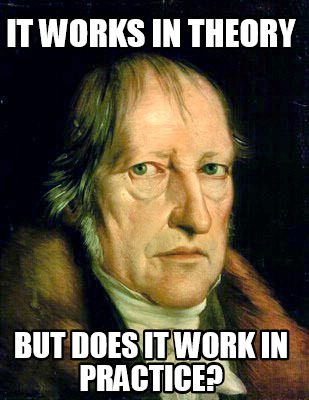
Originally Posted by
DogOfDanger

The core is just the most deeply inward part of you - it is the information you carry around with you, it's you as a subject, it's your memories... as you integrate information inward you sort through it and organize it, - you pick and choose which information to hang on to and which to discard.
You can remember any kind of information - visuals, audios, tastes, sixth sense information... any type of information you can be aware of can be made a memory of. Generally speaking functions aren't defined by the quality of the information. Sense information for example - you incorporate visual information into memory, and you recall it as visuals later... the visuals are in memory, they're not bound to the sensing mechanism. But the memory is persistent, it's part of the subject, whereas sense information is transient and somewhat disorganized, related to the object, and on the whole there is alot more of it... people have to be selective in the information they take in. But the information is not really qualitatively different for different functions it's all just 'data'
Internally resolve means to bring information into a state of logical consistency with information already in memory via reconciling the contradictory parts (the parts that dont feel good) and retaining the consistent parts (that parts that feel good). That's what Fi does - it fits new information into memory alongside other memories, and stores it away for later recall.
Hopefully this clears things up.
They don't merge with your brain because they are based on nonsense, but what I'm telling you is all about structure. The simplest things to consider are the subject and the object. IM data flows are always cycling between subject and object - taking information in from the external world, integrating it into the subject as a memory... having the spontaneous recall of memories which drives dynamic engagement with the environment, observing ones effect on the environment (that's Si and Te - external dynamic functions) and detecting any response from the environment (Se and Ti - external static functions), integrating information in the response back into memory (Ne and Fi, internal static functions), and round and round it goes. People seem to get more or less fixated on certain parts of the cycle - maybe someones memory is very strong, maybe someone is very attuned to their external surroundings - and so they seem to have a certain IM they are more fixated on than others - but every IM is working in unison to process information. If you were to lack an IM it would be impossible to think. Again, what I'm describing here is a cyclical structure that incorporates all 8 IMs, much different than Augustas structure where the whole thing is based on duality, you have shadow information processing rings and only certain functions participate in a given processing flow, then this complex hierarchy forms - trying to make sense out of that convoluted hierarchy in various contexts is mind-bending. The universe, math, metaphysics - none of them are fundamentally rational or binary, but we always have people trying their best to model things that way - anything that is rational can be made an exact science out of. You can't confuse this rational idealism for truth, you will end up completely lost trying to reconcile the fragmentation into a coherent whole. Augusta was very caught up in that effort, but socionics remains a complicated mess because it is not rooted in sound metaphysics.
SO .. to circle back to your original statement - Ni is simply the spontaneous triggering and recall of memories. Memories can take many forms, they can seem archetypal - they have to get simplified during integration so they have an abstract form. They're always deeply personal... a person with a fixation on Ni is always monitoring their internal self for what might be emerging from within. There is an emergent quality to Ni - it is a dynamic function. As far as Ni/Ji, there is no real hierarchy or pairing of functions, all functions exist in context with one another and cooperate to process information, they all have distinct relationships... they cooperate within a single cyclical flow of information, they're defined by their position in the data flow and in relation to the subject / object... some are more closely related, some are opposite.. but ultimately they're structurally alot more like a soup than a well organized machine. For example, who's to say you couldn't break the whole data flow down into 5 distinct functions instead of 8 if you felt so inclined? Even the functions themselves are something we define and structurally impose onto the data flow. The actual mechanics of information processing is something that can not be defined outside of an assumed, imposed structure, the structure has to be consistent with good metaphysics but beyond that it's arbitrary.



 Reply With Quote
Reply With Quote
 猫が生き甲斐
猫が生き甲斐

